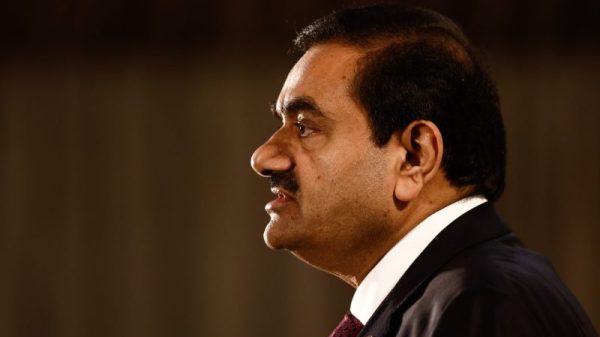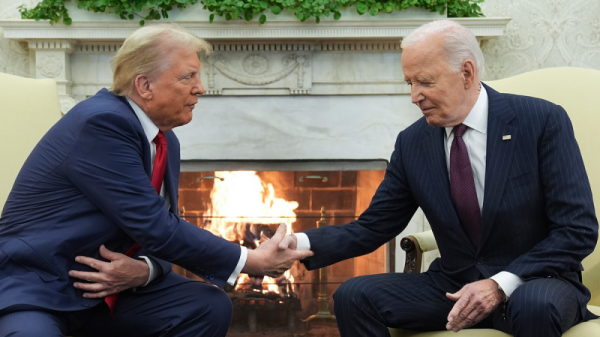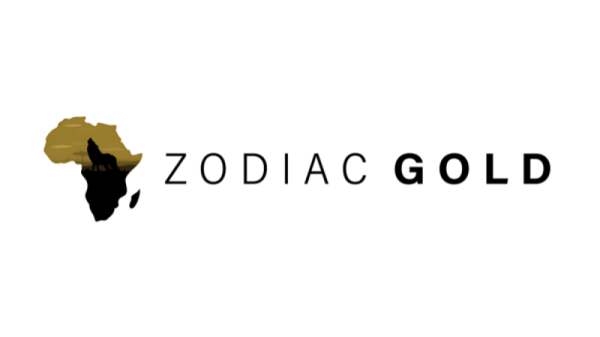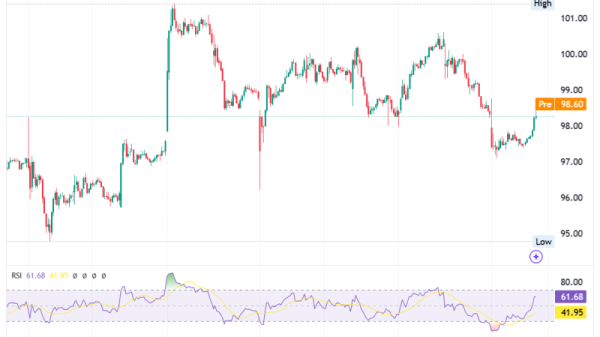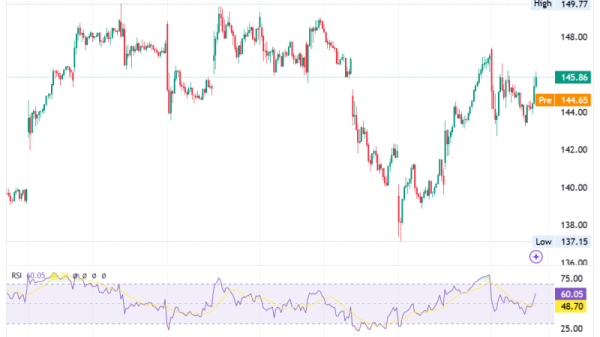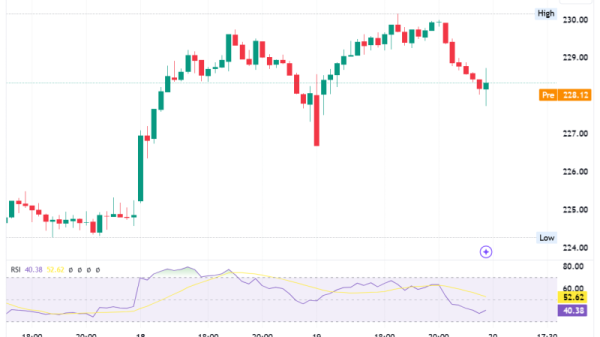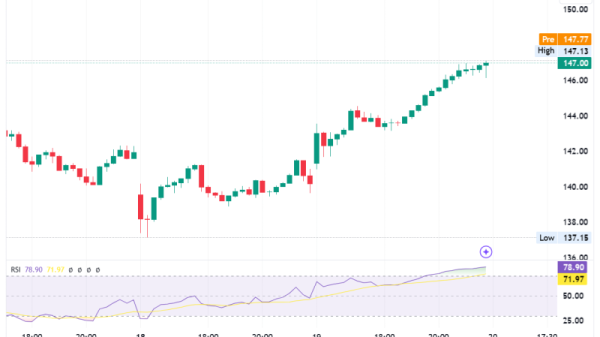Gold is one of the most important metals on the planet. For millennia it has been used in jewelry, art and currency, capturing the collective imagination as a thing of wonder. Gold’s association with royalty and wealth has inspired explorers and treasure hunters alike, who put themselves at risk for a chance to strike it rich.
Today, gold’s hold on us as a precious metal is no less powerful. Still used for jewelry and as a store of wealth, the metal also has a variety of modern industrial and electronic applications.
Even though gold seems to be everywhere, in reality it’s a finite resource. Only 244,000 metric tons of gold have ever been mined, and two-thirds of that has been extracted since 1950. Comparing that amount to the more than 700 million metric tons of copper that have been pulled from the ground provides an idea of how precious a resource gold truly is.
For investors interested in the yellow metal and the companies that mine it, it’s important to understand global gold reserves. This data can provide critical information on the long-term viability of supply and which countries have room to grow.
This article uses the most recent data from the US Geological Survey, which uses metric tons for its figures. As gold is often measured and discussed in ounces, this article will contain a mix of the two measurements. To add some perspective, 1 metric ton of gold is equal to 35,274 ounces — this means at the recent gold price of US$2,600 per ounce, 1 metric ton is over US$92 million worth of gold.
According to the US Geological Survey, identified economic gold reserves currently stand at just 59,000 metric tons globally. Read on to learn the top 10 gold producers by country.
1. Australia
Gold reserves: 12,000 metric tons
Outsized is one way to describe Australia. The sixth largest country by land area, it has the most gold reserves of any nation, coming in at 12,000 metric tons. Australia has been going through somewhat of a modern boom and has been consistent in producing more than 300 metric tons of gold every year since 2017. Over 60 percent of its gold deposits are in Western Australia.
In 2023, Australia’s Newcrest Mining merged with rival Newmont (TSX:NGT,NYSE:NEM) to form the largest gold mining company in the world. Under its banner it controls the two largest gold mining operations in Australia, Boddington and Cadia.
2. Russia
Gold reserves: 11,100 metric tons
Russia has the largest land area of any country, and unsurprisingly is among the top countries for gold reserves. It boasts an impressive 11,100 MT, up from the 6,800 metric tons it had at the end of 2022. Russia’s output was steady in 2023 with 310 MT extracted.
Polyus operates four of the country’s five largest mines, including the Olimpiada open-pit mine in Russia’s Krasnoyarsk region.
Despite steady production, Russian gold is having difficulties reaching most markets following the country’s invasion of Ukraine. The London Bullion Market Association halted trading and removed Russian refiners from its accredited list in March 2022. However, a significant portion of the metal was exported to the United Arab Emirates following the sacntions, according to Reuters, and Russian gold has also made its way into the country’s stockpiles.
3. South Africa
Gold reserves: 5,000 metric tons
South Africa remains a powerhouse in terms of global gold reserves, and the country’s Witwatersrand Basin is among the top gold jurisdictions in the world. However, while South Africa remains comfortably in the top three countries for reserves with 5,000 metric tons, the country has lost some of its luster when it comes to production. At the turn of the century, South Africa was the top gold-producing country, with 431 metric tons extracted in 2000. The country’s output has slowly fallen in the decades since though, and has hit all-time lows in recent years — South Africa extracted just 100 metric tons in 2023.
One reason for lowered production is decreasing gold grades, which have led miners operating in the country to move to greater depths. In fact, as of 2019, eight of South Africa’s gold mines were among the 10 deepest mines for any commodity, with AngloGold Ashanti’s (NYSE:AU,JSE:ANG) Mponeng gold mine topping the list at 2.4 kilometers to over 3.9 kilometers below surface. This has made industrial mining operations prohibitively expensive and more dangerous.
Other factors negatively affecting the mining sector are constant power outages in recent years and limited investment in exploration outside the Witwatersrand Basin.
4. United States
Gold reserves: 3,000 metric tons
Gold reserves in the US have remained steady at 3,000 metric tons since 2012. The country is home to well-developed infrastructure, highly experienced companies and an advanced workforce. However, over the last decade, production and refinement of the yellow metal in the US has been in decline, dropping from 230 metric tons in 2012 to 170 metric tons in 2023.
One of the largest operations in the country is Nevada Gold Mines (NGM), a joint venture between Barrick Gold (TSX:ABX,NYSE:GOLD) and Newmont. NGM includes three of the largest gold mines in the world: Goldstrike, Carlin and Cortez.
5. China
Gold reserves: 3,000 metric tons
China’s importance as a gold miner has been growing over recent year and made significant gains, moving from number nine on our list with 1,900 metric tons in 2022, to number five with 3,000 metric tons in 2023. Additionally, China’s output has been the strongest of the top ten producing 370 metric tons of gold last year.
While some deposits have been found in the western part of the country, the largest operations are in Shandong, which is home to the largest find in the country: the Xiling mine. Xiling, which is owned by Shandong Gold Group (SHA:600547), contains more than 580 metric tons of gold in reserves. The mine is expected to process 10,000 metric tons of ore per day for the next 30 years.
In addition to its mining output, China has also been driving the price of gold over the past couple years with significant purchases by the People’s Bank of China which now holds an estimated 2,264 metric tons of gold.
6. Indonesia
Gold reserves: 2,600 metric tons
Home to remote mining sites and enormous reserves, Indonesia is a destination for gold companies looking to stake a claim.
The country is home to the Grasberg complex, one of the world’s largest gold operations and host to 23.9 million recoverable gold ounces. Operated by Freeport-McMoRan (NYSE:FCX), Grasberg includes several underground mines and the Kucing Liar deposit, which is currently being developed.
Once Kucing Liar is operational, Freeport expects it to deliver an additional 520,000 ounces of gold per year for 6 million total ounces between 2029 and 2041.
7. Brazil
Gold reserves: 2,400 metric tons
Home to the first modern gold rush over 300 years ago, Brazil has an undeniable history with the precious metal. The country currently has 2,400 metric tons of reserves, although it extracted only 60 metric tons in 2023.
Companies like G Mining Ventures (TSXV:GMIN,OTCQX:GMINF) with its Tocantinzinho asset may boost Brazil’s gold position in the years to come.
Much like Peru below, gold mining in Brazil has a darker side as well. Illegal operators, many of which have found their into mining through social media sites like YouTube and TikTok, are impacting both sensitive rainforest ecosystems and local Indigenous communities. Despite government crackdowns, new operations continue to pop up throughout the Amazon.
8. Peru
Gold reserves: 2,300 metric tons
Gold has been an important part of Peru’s economy for centuries. The country has a well-documented mining industry, and it ranks as one of the top nations in the world when it comes to gold reserves. Between 2012 and 2022, Peru increased its gold reserves from 2,000 metric tons to 2,900 metric tons, but saw a fall off in 2023 with just 2,300 metric tons.
During this time, production fell from 160 metric tons to 90 metric tons. This fall was due to a combination of factors, including increased regulation to combat illegal operations, instability in the country and COVID-19 restrictions.
Large players make up the bulk of Peru’s gold industry, with major miner Newmont leading the way at Yanacocha, the biggest gold mine in Peru. There are also artisanal operations in the country, along with operations being run by criminal organizations. While environmental concerns are common in the mining industry, illegal and small-scale gold miners often employ mercury during the extraction process, which is very damaging to the environment.
To counteract illegal mining operations, the Peruvian government instituted Operation Mercury in 2019, which involved military interventions at illegal mine sites and the destruction of mining operations. For small-scale and artisanal mining, programs such as the Fairmined Ecological Gold certification exist to encourage environmentally friendly mining methods by introducing premium prices for gold that meets particular requirements. This also allows gold buyers to identify gold from legal operations that reduce the use of toxic treatments like mercury during the extraction process.
9. Canada
Gold reserves: 2,300 metric tons
Canada has a rich history of gold mining since the metal was first discovered in Québec in the early 1800s. Mining operations can now be found across Canada, but more than 70 percent of the country’s gold is produced in Ontario and Québec. Other significant producers are BC with 9 percent, the Yukon with 4 percent and Manitoba with 2 percent.
Canada’s gold reserves have remained constant since 2012 and currently sit at 2,300 metric tons. However, the country has more than doubled its gold output in that time, jumping from 97 metric tons in 2012 to 200 metric tons in 2023.
Because of its well-established natural resource sector, Canada is leading the way in sustainable initiatives to protect the environment and communities. The Mining Association of Canada’s Toward Sustainable Mining initiative has been adopted by organizations around the world, including those in Finland, Brazil and the Philippines.
10. Uzbekistan
Gold reserves: 1,800 metric tons
Even though the first gold mine in Uzbekistan began operating in the 1960s, it’s only recently that the country has begun to develop its resources. After gaining independence from the Soviet Union in 1991, the mining industry in Uzbekistan was in disarray, and most mining projects had stalled. Production hit a low of 65 metric tons per year in the mid-1990s, but since 2020 output has nearly doubled to 100 metric tons per year.
Most of Uzbekistan’s gold is mined at the massive state-owned Muruntau gold mine in the Qizilqum Desert. This open-pit mine is calculated to hold more than 4,000 MT in total reserves.
Economically, gold is one of Uzbekistan’s most important exports, generating US$3.42 billion during the first quarter of 2024.
Securities Disclosure: I, Dean Belder, hold no direct investment interest in any company mentioned in this article.

